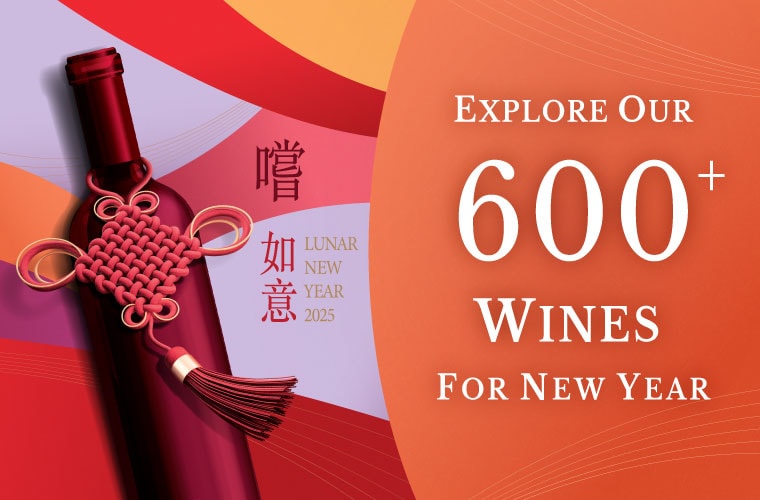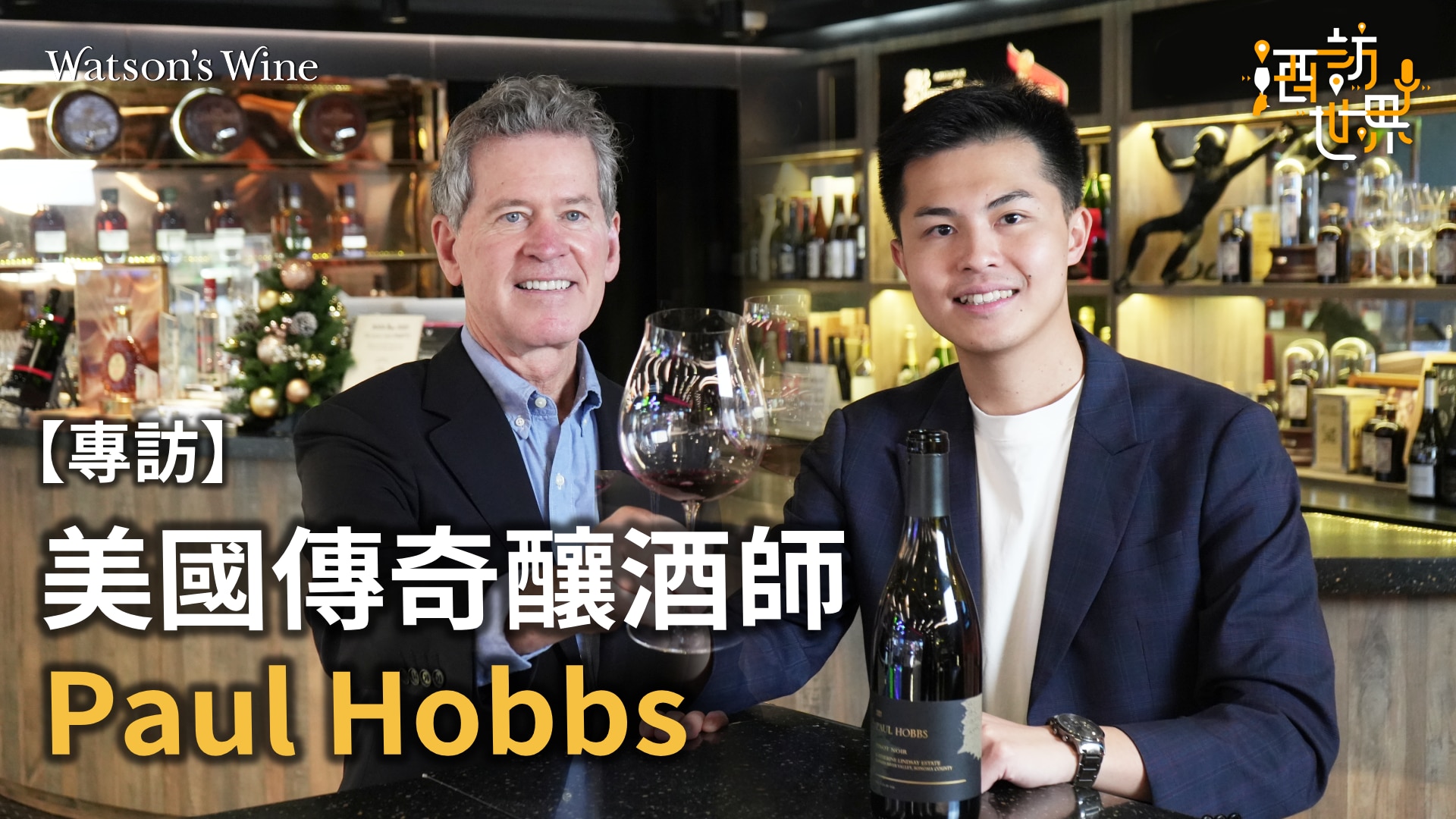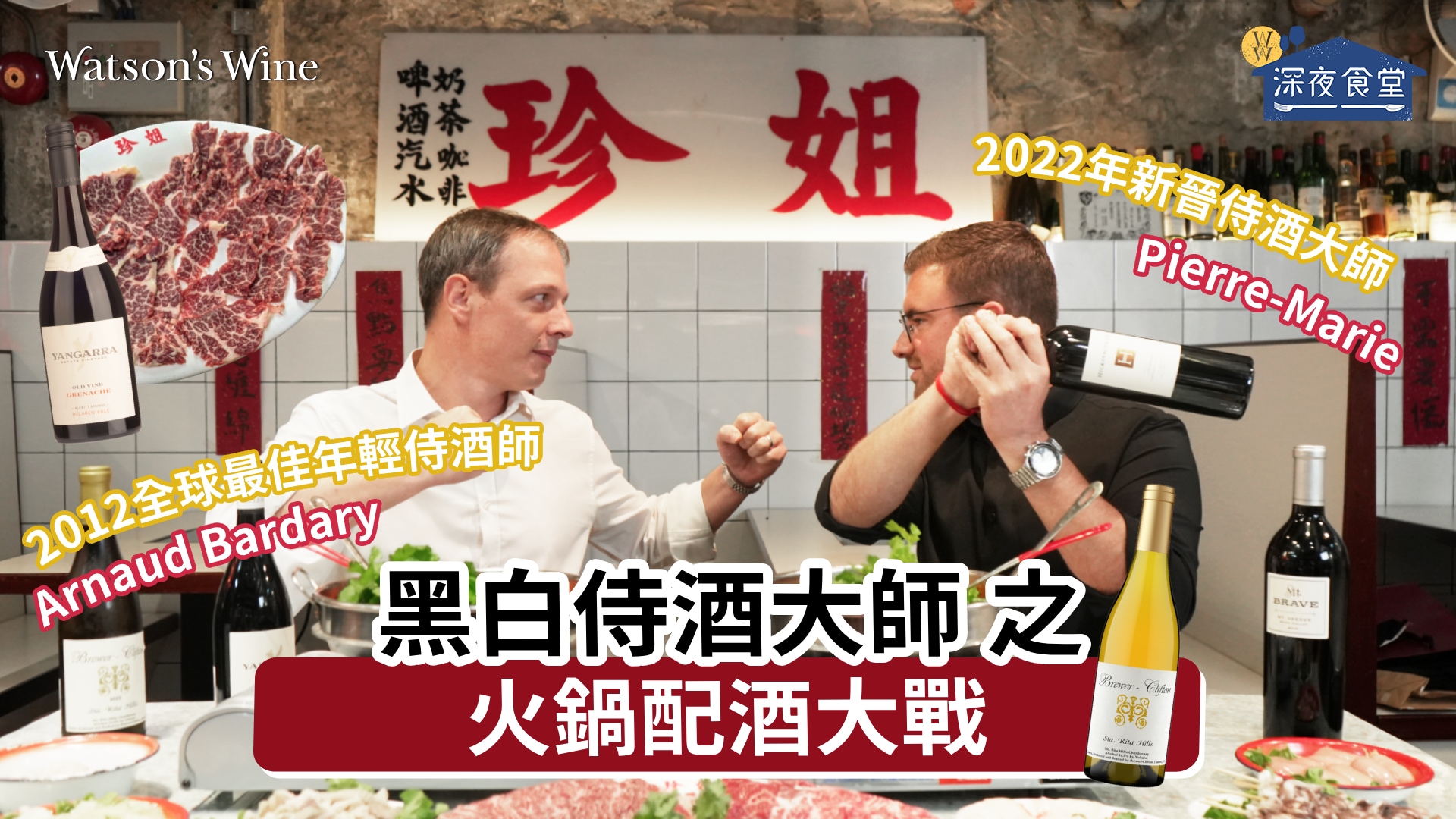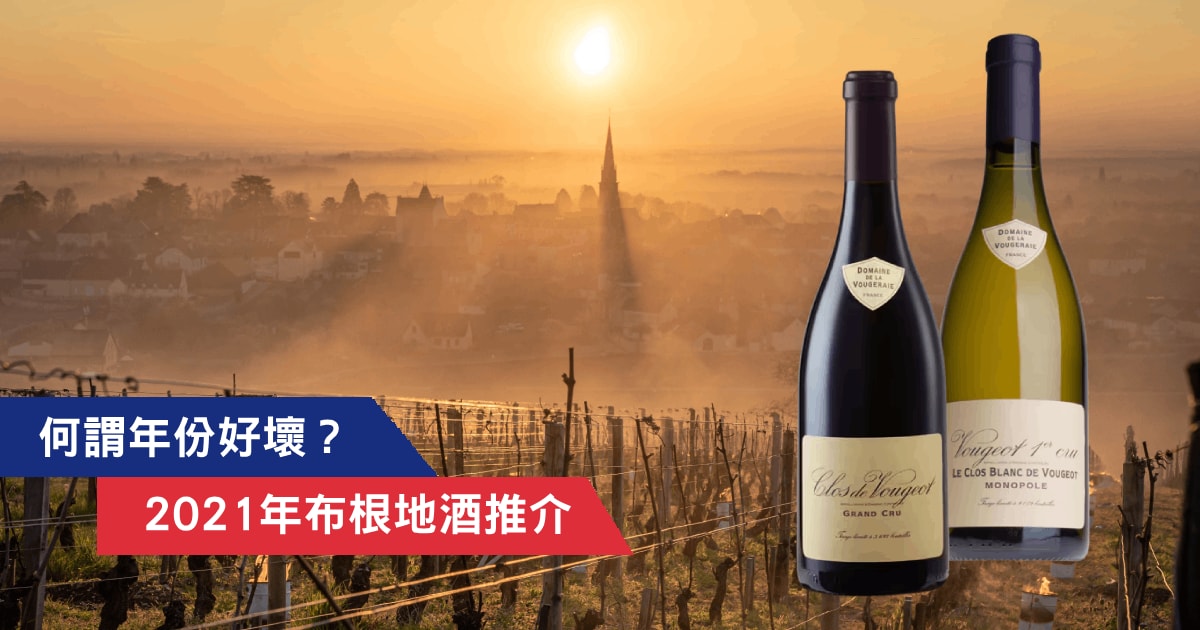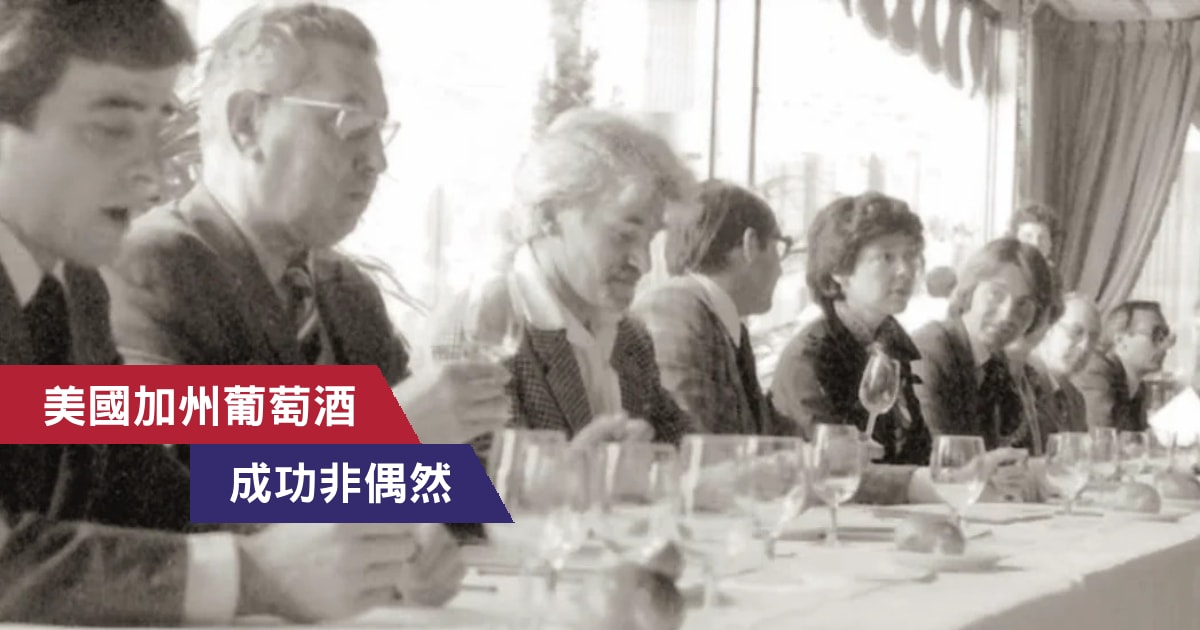Do you enjoy trying Sake of different varieties? Or you prefer to stick to certain brands or types? The world of Sake in some sense is similar to red and white wines – different rice varieties (compared to the grapes in wine), source of water, regions, brewing techniques, the brewers’ philosophy, and so on will bring infinite possibilities to the results. If you are too “faithful”, you may well miss out on some top-quality hidden gems!
Here we will introduce a few Sake brands, which all have their own styles and with prices starting from just around $100+. It’s worth trying them one by one if you’re interested!
Isojiman (磯自慢)
“Isojiman” is a historical Sake Brewery established in 1830. When it comes to the top Sake in Japan, it is definitely top of the list along with the sought-after “Juyondai” of “Takagi Shuzo”. In the 34th G8 summit of 2008 held in Toyako, Hokkaido, “Isojiman” was served to the heads of different states, showing its remarkable quality and status.
“Isojiman” uses carefully selected sake rice and famous water (soft water) from what people call Japan’s “Southern Alps”. Combined with the use of traditional yeast and complex brewing techniques, they managed to create Sake that they are highly proud of. It is a perfect match with the famous seafood of the Shizuoka Coast, and can also be matched with various dishes such as French cuisine, Italian cuisine, cheese, desserts, etc.!

We highly recommend its “Isojiman Daiginjo Itteki Nyukon”, which is the core product of its premium Sake range and the best-seller. It is fruity on the nose and has a balanced acidity followed by a lingering finish. The exceptional quality no doubt lives up to its legendary reputation in the Sake world. For special occasions, it’s always nice to share a bottle with your fellow Sake lovers.
Inspired by the top Burgundian producer DRC, the brewery has started to build the “AOC” in Sake. In Burgundy, strict regulations are applied to the wine production area, and each field has a different classification. Speaking of DRC’s Romanée-Conti, everyone will remember that this Grand Cru vineyard produces the world’s best top Pinot Noir. Meanwhile. the Sake industry does not have the concept of AOC yet. Ahead of other competitors, the president of “Isojiman” have already selected a few quality fields in Tojo Town and applied stricter measures of product quality assurance. The effect of the variation of rice fields and terroir may well be the next major breakthrough in the Sake world!
Matsunotsukasa (松之司)
Located in Shiga, “Matsunotsukasa” is a famous Sake under the “Matsuse Sake Brewery” founded in 1860. Emphasizing a natural and back-to-basic Sake style, it uses mountain spring water from 120 meters below the Aichi River in the Suzuka Mountain and its own yeast to make Sake. It is particularly well-known for its emphasis on Sake rice. Since 1992, it has only used Sake rice grown by local rice farmers with long-term contracts. They work closely with rice farmers, all of which have obtained the “Environmentally Sensitive Agricultural Produce” certification. Since 2003, they have started to plant rice without pesticides and organically, in order to grow the best quality rice.

The chief brewer Keizo Ishida pays extra attention to the “essence” of sake. He hopes to retain the gentle style of “Matsunotsukasa” so that everyone who tastes it can feel comfortable and peaceful. He has his own unique Sake-making philosophy, rejecting fancy and showy styles, and at the same time does not accept rough works that run counter to craftsmanship. The world is changing rapidly, and the trends in the sake world are constantly being updated, but Ishida’s dedication remains unchanged: he pursues to brew Sake that is “natural” like water and air, which is also as relaxing as the natural scenery surrounding the brewery.
Just like its entry-level sake “Matsunotsukasa Junmai Ginjo Raku”, it is made with the highest quality sake rice (“Yamada Nishiki” mixed with “Hanabuki”) grown in Ryuo, where the sake brewery is located. This Sake has a lower alcohol level, displaying gentle and vivid aromas. On the palate, it is soft, comfortable and burden-free, making it a particularly good match with different dishes with softer flavours. As its name “Raku” (Happiness) suggests, the brewery hopes everyone can enjoy it in a relaxed and casual mood.
Hakurakusei (伯樂星)
According to a Chinese folk tale, the horses appreciated by “Bo Le” (a famous house tamer in ancient times) will turn into stars in the sky after their death. The name “Hakurakusei” (Bole Star) entrusts the vision of the brewery, hoping that the brewed sake will meet the people who can understand and appreciate them, just like the best horses meet Bole. The “Hakurakusei” series was launched in 2001 by the “Niizawa Sake Brewery” which is with a history of more than 140 years. At the time when there were only “pre-meal” and “after-meal” Sake in Japanese culture, “Hakurakusei” was launched under the concept of the “Ultimate Food-pairing Sake”. Compared with ordinary Sake with a prominent floral or sweet note, “ Hakurakusei ” has a gentle aroma and a refreshing taste. The deliberately convergent style intends to intensify the flavours in the dishes it is paired with. Therefore, it can match a variety of dishes: donmono, sushi, hot pot, tempura, skewers, and so on. Now, it can now be enjoyed in Michelin-starred restaurants in Japan and around the world. No doubt it is worthy of the name of the king of food-pairing Sake.

In 2011, the 311 Great East Japan Earthquake struck Japan. The “Niizawa Sake Brewery” in Osaki, Miyagi was nearly completely destroyed in the disaster and was thereby moved to Kawasaki, Shibata. However, it cannot dampen the enthusiasm and unity of Sake brewers across the country, and they instead have created history in the sake industry: 51 winemakers from 48 breweries across Japan have rushed to the “Niizawa Sake Brewery” to work together to use a kind of super-polished Sake rice with a remarkably low rice polishing ratio of only 7% to create a legendary Sake “Hakurakusei Junmai Daiginjo Unite 311 Super 7″. “Unite 311” was named to commemorate the 311 earthquake. In the end, only 500 bottles of “Unite 311 Super 7” was made, which is extremely rare.
For getting started with sake, you can try “Hakurakusei Junmai Daiginjo”, which is made with the Ommachi Sake rice. When you smell the aromas of banana and cantaloupe, the flavours of pineapple also bursts in your mouth. The refreshing acidity is following the mild sweetness, and the finish is long. It is an all-purpose Sake that pairs perfectly with various dishes such as Japanese, Western, or Chinese food. It is recommended to chill it slightly before drinking and taste it in a wine glass.
Zaku (作)
The name of “Zaku”, the famous Sake brand under “Shimizu Seizaburo Shoten” located in Suzuka, Mie, is derived from the humble meaning of “unfinished”. The brewery describes it as a Sake in “present continuous tense”. In addition to meeting the basic requirements of having great appearance, nose and taste, they believe that a good Sake should have its true values determined by the person who tastes it – according to the food pairing, the surrounding atmosphere, the people you enjoy the Sake with, your mood, and so on. No matter you are happy or sad, depending on the situation at the time, the experience with the Sake will be different. Sake-making does not end when the Sake is bottled but is continued by the drinker, and the vision of creating Sake experience with the people who encounter it is the origin of the name “Zaku”. They aspire to act as a starting point to make it possible for people to meet and bond.

Suzuka, where the brewery is located, has a long history of brewing. The underflow water of the Suzuka Mountains is very clear and suitable for brewing, and it also brings high-quality rice to the Ise Plain. Therefore, the Suzuka brewing industry has been very prosperous since ancient times and has the reputation of “Suzuka Place of Great Sake”. Local shrines still hold the “Umasake Festival”, showing the inseparable relationship between Suzuka and Umasake (delicious sake). In order to find the best rice for sake, “Zaku” is willing to experiment with the use of different rice varieties, such as the local rice varieties in Mie, or Yamada Nishiki and Omachi from all over Japan.
“Zaku” is well-known in the Japanese Sake industry for its great variety of Sake such as “No Tomo”, “Ho No Tomo” and “Gen No Tomo”. Their naming is based on the characteristics of sake and the name of the chief brewer. In the 2017 Japanese Sake Competition, “Ho No Tomo” won the gold medal in the Junmai category, and “Gen No Tomo” won the silver medal. In terms of aroma and taste, “No Tomo” has a pear aroma and a rich taste; while “Gen No Tomo” has a fresh aroma like green apple and exudes an attractive rice aroma and flavour. Our special recommendation is “Ho No Tomo”, which is a very famous Sake in Japan. You can feel the sweet and fruity taste in the mouth. Very silky, delicate and rich in rice aromas. The finish is lingering. It can be enjoyed cold or warm. Each Sake from Zaku has its own characteristics, and the prices are affordable. All are worth a try!


 Same Day Pick-up
Same Day Pick-up